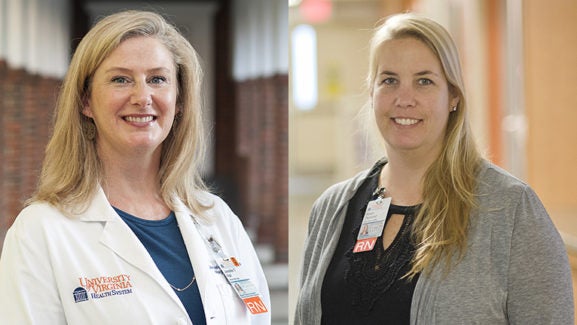
New Trauma Response Nurse Role Aims to Improve Outcomes for Critically Ill Patients
Launching the Trauma Response Nurse (TRN) pilot involved a level of collaboration that Emergency Department (ED) nursing director Alison Okerlund had never experienced before. “I can remember talking about this role five years ago,” she says. “It had been on our list of things to do for a long time, and we finally mobilized, thanks to a true partnership between the ED, the Surgical Trauma Intensive Care Unit (STICU), and the Trauma Program.”
The idea for this new nursing role was born out of the desire to have continuity of care between the trauma bay and the inpatient side, and support patients with critical care-level intervention all the way from the ED through to the STICU. For various reasons, the idea kept getting put on the back burner.
Then, in December 2021, when the ED was low on trauma nurses, STICU nurses signed up to help. It was a pre-pilot of sorts that proved how helpful it was to have critical care nurses in the ED, especially for the “alpha” trauma patients who receive most of their care in procedural areas or the ICU. STICU nursing manager Jess Alford explains, “COVID helped us wake back up a vision Alison had years ago. We started to have conversations about how we could give it some structure.”
Giving Structure to the TRN Role
Though the idea originated with Okerlund and trauma program director Jeff Young, MD, they both agreed it was important that frontline team members from key areas help develop the idea further. A TRN project group was formed with representation from the ED (Alison Okerlund, Kathryn Kasen, and Gideon Toburen), the STICU (Jessica Alford, Jasmyn Powers, Kathryn Ryan, and Ryan Thomas) and the Trauma Program (Kathy Butler and Valerie Quick).
Thomas admits the group “started with nothing” nine months ago, but quickly built momentum during the initial planning phase. “Our priority was for the TRN to provide critical care support,” he says. “Together, we researched what this role looked like at other hospitals, created standard work and designed a training that would meet our expectations. We wanted TRNs to be well-versed in our critical care interventions and technology, and be a communication point between the many entities that work together during trauma resuscitations.”
The project group agreed nurses would have to meet the following requirements to take on a TRN shift:
- One year experience at the bedside in the STICU
- Three days of orientation, which include day of basic information about the role, shadowing a nurse in the ED, and shadowing a trauma response nurse.
- Certain competencies such as procedural sedation
- Completion of the trauma nurse core curriculum (TNCC)
From “Paper to the Bedside” and Beyond
Once the structure was in place and approved, the project team put out an ask for volunteers. Six nurses signed up for the three-month pilot, completed their requirements, and have been serving in the role since Aug. 21.
Feedback from nurses, physician partners, administrators, and patients has been overwhelmingly positive so far. “This new role is strengthening team-building, communication and consistency between areas,” says Quick. “We are all excited that we finally get a chance to implement an idea that was envisioned years ago and will result in more efficient care for the patient.” Thomas agrees. “It has been awesome to see our working group take this idea from paper to the bedside. I am so proud that we are bringing something truly valuable to our trauma team and to the patients we care for.”
Alford says the group is carefully tracking outcomes and thinking about what’s next. “We want to eventually offer 24/7 support, but because of the requirements we’ve set for this role, we're not able to fill all of our shifts yet.” She is hopeful that their data on dwell time, trauma response, patient morbidity, and nurse satisfaction will prove the program to be effective, and allow them to grow their pool of TRNs.
Okerlund will present the group’s data to her AONL fellowship group in October. She is optimistic the findings will have a greater impact. “Right now, we are developing this one role to support our critically ill patients,” she says. “But if it works, it could be a good model to support many other areas and patient populations. We always need to think about the bigger picture. How do we get specialized care to our patients instead of our patients to the specialized care?”
Photo, left to right: Jasmyn Powers, Jessica Alford, Valerie Quick, and Alison Okerlund. (Photo by Kay Taylor)
In case you missed it

Latest News

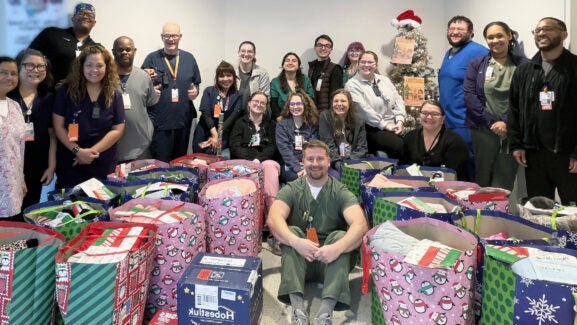
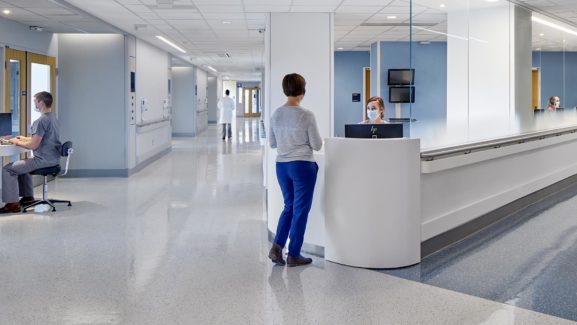
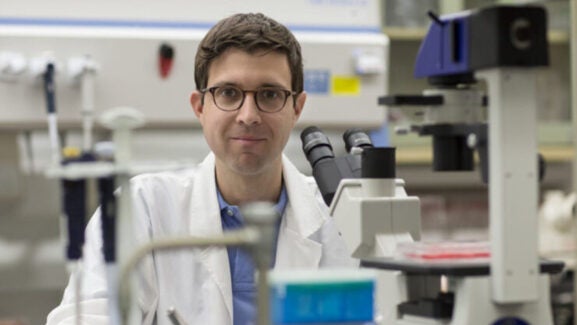
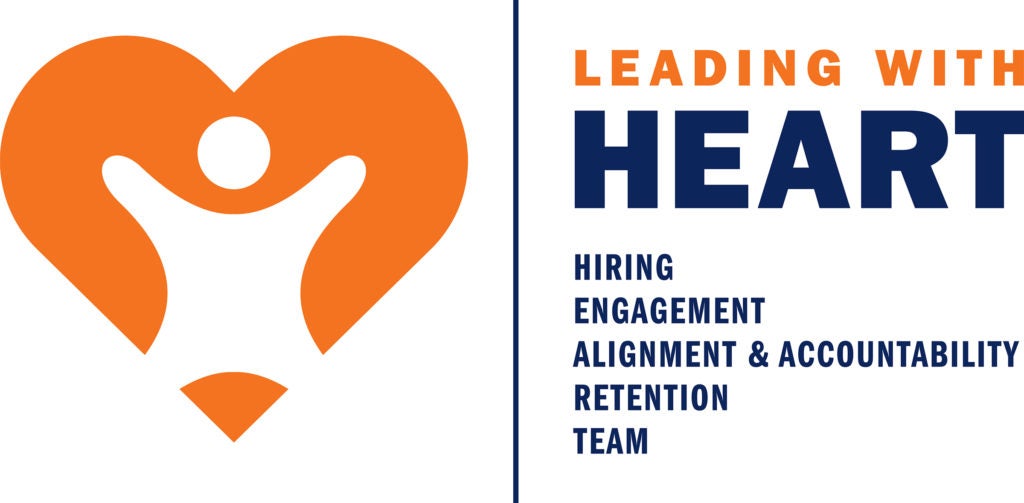
Fantastic work! so excited to see this role in action!
This is a much needed role. This provides both good continuity of care and communication regarding patient care from the ED to the ICU. Good job!!